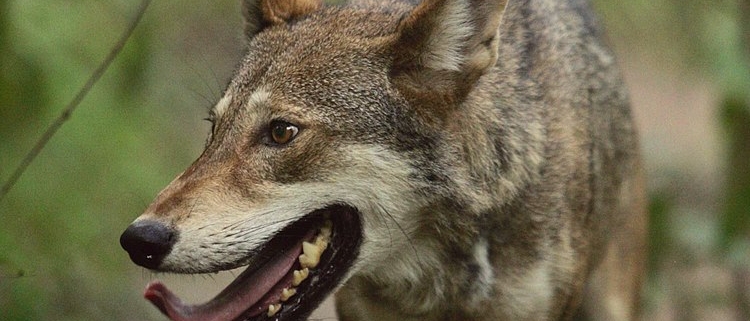The Secret Life and Folklore of Winter Trees, January 21st
Thursday, January 21, 2021
12-1pm
Please register for the free event here. It will be recorded.
Join Capital Nature and well-known local naturalist Alonso Abugattas, the Capital Naturalist, for a fascinating talk on trees during the winter months. Evergreens like American Hollies and the Eastern Cedar provide life-sustaining food and shelter for birds and other wildlife, and reward us with sightings of refreshing green and red in the winter environment. Deciduous trees reveal stunning winter forms while they gather strength for spring blooms.
With a keen eye you can recognize amazing oaks, beech trees, and sycamores by their distinctive bark, nuts, and fruits. Alonso will draw on his abundant knowledge of the natural world, and on the legends of indigenous peoples to reveal the amazing living world of trees in winter.
Find out more about Capital Naturalist at http://capitalnaturalist.blogspot.com













